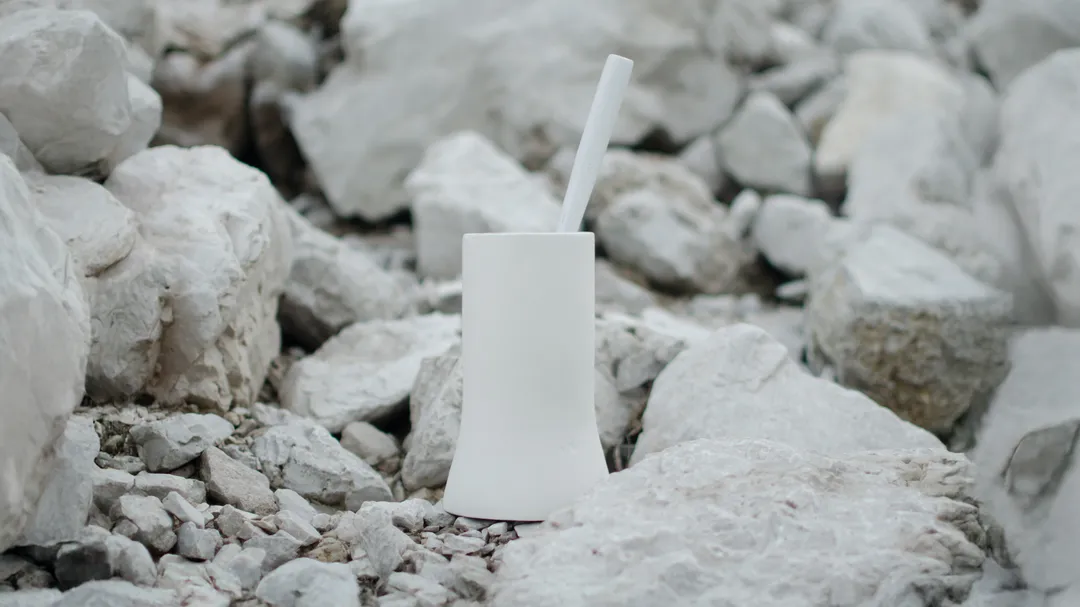Disorientation
The transition from Earth to Space induces spatial transfiguration—cognitive pre-sets are disrupted—and new kinesthetics experiences are created which Space Design must interpret.
Designing for Space challenges our entire earthly experience, forcing us to confront the disorientation and transfiguration resulting from the perception of two spatial realities: the internal confined environment of the orbiting space station and the vastness of cosmic space, from which the Earth can be observed from the outside.
In the absence of gravity, spatial references change entirely: there is no longer an up or down, no left or right, except as conventions. Talking to another person while looking at their upside-down face destabilizes our ability to recognize and interpret facial features, which we are accustomed to decoding on Earth.
The confined environment, devoid of natural light, combined with sensory deprivation and microgravity, profoundly affects the body’s shape, posture, and physiology. The sensation of weightlessness, floating without fixed reference points, and continuous spinning alter both the perception of oneself and the surrounding environment. Terrestrial cognitive models undergo a complete transformation, giving rise to new kinesthetics and interaction modes.
Space Design translates these transformations into innovative objects and environments, designed to efficiently adapt to the diverse conditions experienced in Space.

















